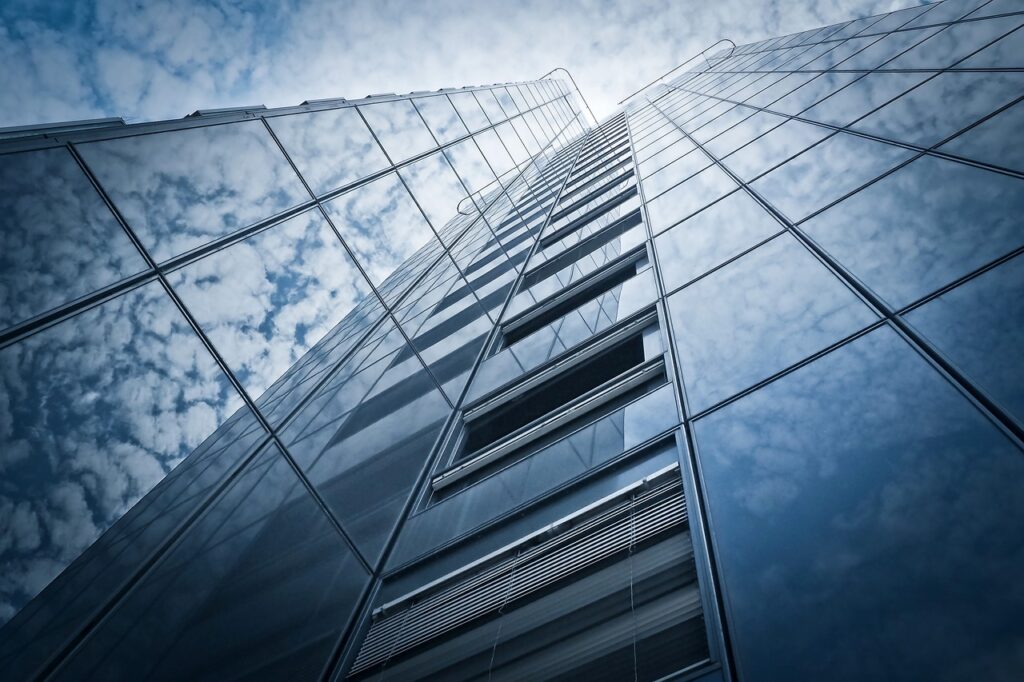Malaysia is a country rich in cultural diversity, which is reflected in its traditional architecture. However, modern materials are now being used in construction, and it’s essential to evaluate the differences in the acoustic properties of these materials. The objective of this article is to compare the acoustic properties of traditional and modern building materials used in Malaysia with https://hub.unitrade.com.my/.
What Are Traditional Building Materials?
Traditional building materials are those that have been used for centuries in Malaysia, including timber, bamboo, and clay bricks. These materials have excellent acoustic properties, such as high sound absorption and low sound transmission, making them ideal for constructing buildings in noisy areas.
How Do Modern Building Materials Compare to Traditional Building Materials in Terms of Acoustics?
Modern building materials are made of concrete, glass, and steel, which have different acoustic properties than traditional materials. Concrete and steel have low sound absorption and high sound transmission, which makes them unsuitable for buildings in noisy areas. Glass, on the other hand, has high sound transmission, which can be a problem for buildings located in noisy areas.

The Advantages of Traditional Building Materials
One of the advantages of traditional building materials is that they are environmentally friendly. They are made from natural materials and can be recycled, reducing waste and pollution. Traditional materials are also durable, with timber and bamboo lasting for decades or even centuries if they are maintained correctly.
Another advantage of traditional building materials is their acoustic properties. They are excellent at absorbing and blocking sound, making them ideal for buildings located in noisy areas such as the city center. They are also aesthetically pleasing, giving buildings a unique and traditional look that is representative of Malaysia’s cultural diversity.
The Advantages of Modern Building Materials
Modern building materials have many advantages over traditional materials. They are strong and durable, with concrete and steel lasting for decades or even centuries if they are maintained correctly. They are also easy to work with, making construction projects more efficient and cost-effective.
Modern materials are also more versatile, allowing architects to create unique and innovative designs that are not possible with traditional materials. They are also energy-efficient, reducing the carbon footprint of buildings and helping to protect the environment.
Conclusion
In conclusion, both traditional and modern building materials have their advantages and disadvantages in terms of acoustics. Traditional materials have excellent sound absorption and blocking properties, making them ideal for buildings in noisy areas. They are also environmentally friendly and aesthetically pleasing.
Modern materials, on the other hand, are strong, durable, and versatile, allowing architects to create innovative and energy-efficient designs. They are also easy to work with and cost-effective, making them a popular choice for construction projects.
Overall, the choice of building materials depends on several factors, including the building’s location, purpose, and environmental impact. Architects and builders must evaluate these factors carefully when selecting building materials to ensure that the buildings they construct are not only beautiful and functional but also acoustically suitable for their purpose.

